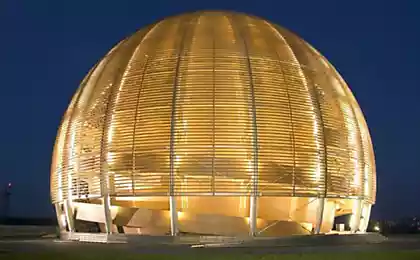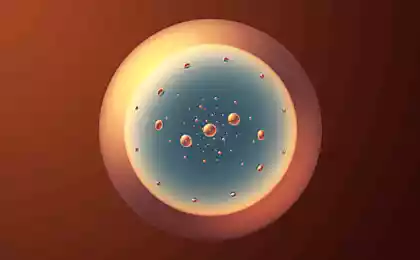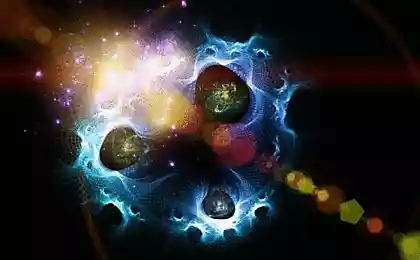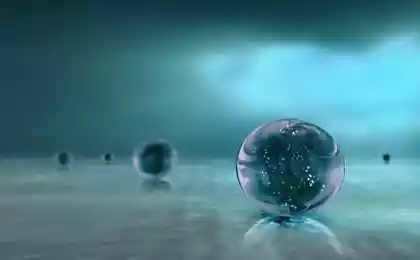1103
CERN discovered two new subatomic particles
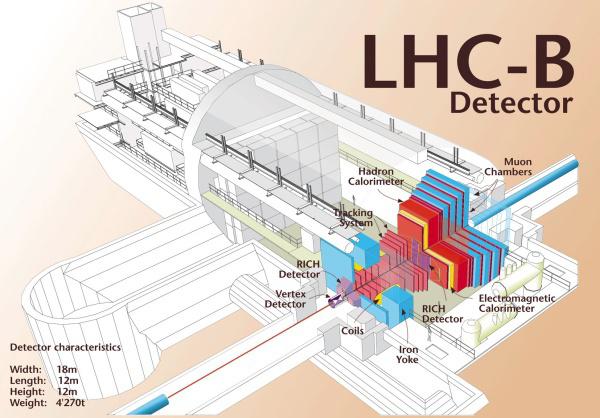
Team LHCb , dedicated to the Large Hadron Collider research asymmetry of matter and antimatter in the interactions "charming quarks", November 19 announced an experimental confirmation of the existence of two new baryon particles. Particles and Xi_b'- Xi_b * - were predicted by the Standard Model, but still they never watched. These particles from the family Xi baryon - they, like protons, contain in its composition three quarks, one "adorable» b, a "strange» s and one "bottom» d. Because of the massive d-quark particles weigh six times more protons. In Xi_b'- back two light quarks are directed against the spin of the b-quark, and Xi_b * - they are unidirectional.
"Nature pampered us and gave us two particles at a price of one" - says Matthew Charles of CERN. «Xi_b'- mass very close to the total mass of the products of its decay; it would be a little easier, we have not seen her at all. " "The results are very joyful. Thanks to the excellent work of the LHCb detector, we were able to very clearly divide the received signals "- says Stephen Blasco from the University of Syracuse, New York. "Another demonstration of sensitivity and precision sensors LHCb».
Besides the masses of the particles, the researchers are exploring their "width" (the value of instability) and other details of their breakup. The results coincide with the predictions of quantum chromodynamics (LoC). CH - part of the Standard Model, the theory describing the physics of elementary particles and their interactions affecting them strength. Check KX with high accuracy - a key to understanding the dynamics of the quark, which is sophisticated modeling.
"If we want to go beyond the standard model, we first need to build a clear picture of it," - said the coordinator of the LHCb Patrick Koppenburg Nikhef Institute in Amsterdam. "Such precision studies will help us to distinguish manifestations of the Standard Model of any new unexpected phenomena in the future."
Calculations were carried out on the basis of measurements made during Collider in 2011-2012. After a long idle LHC set to launch in 2015, when he will begin to operate at higher energy levels.
Source: geektimes.ru/post/241806/
ESA posted a sound probe Philae landing on the comet Churyumov-Gerasimenko
Self locking sneakers from Powerlace

